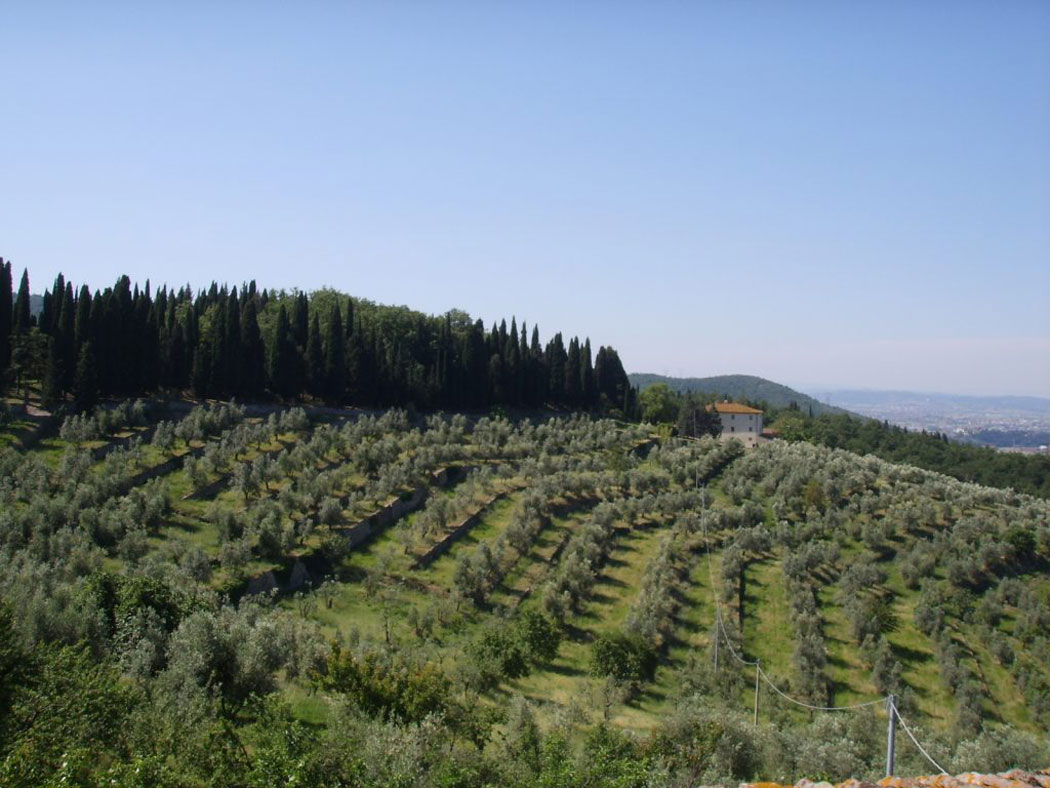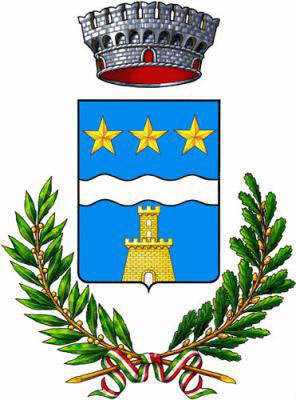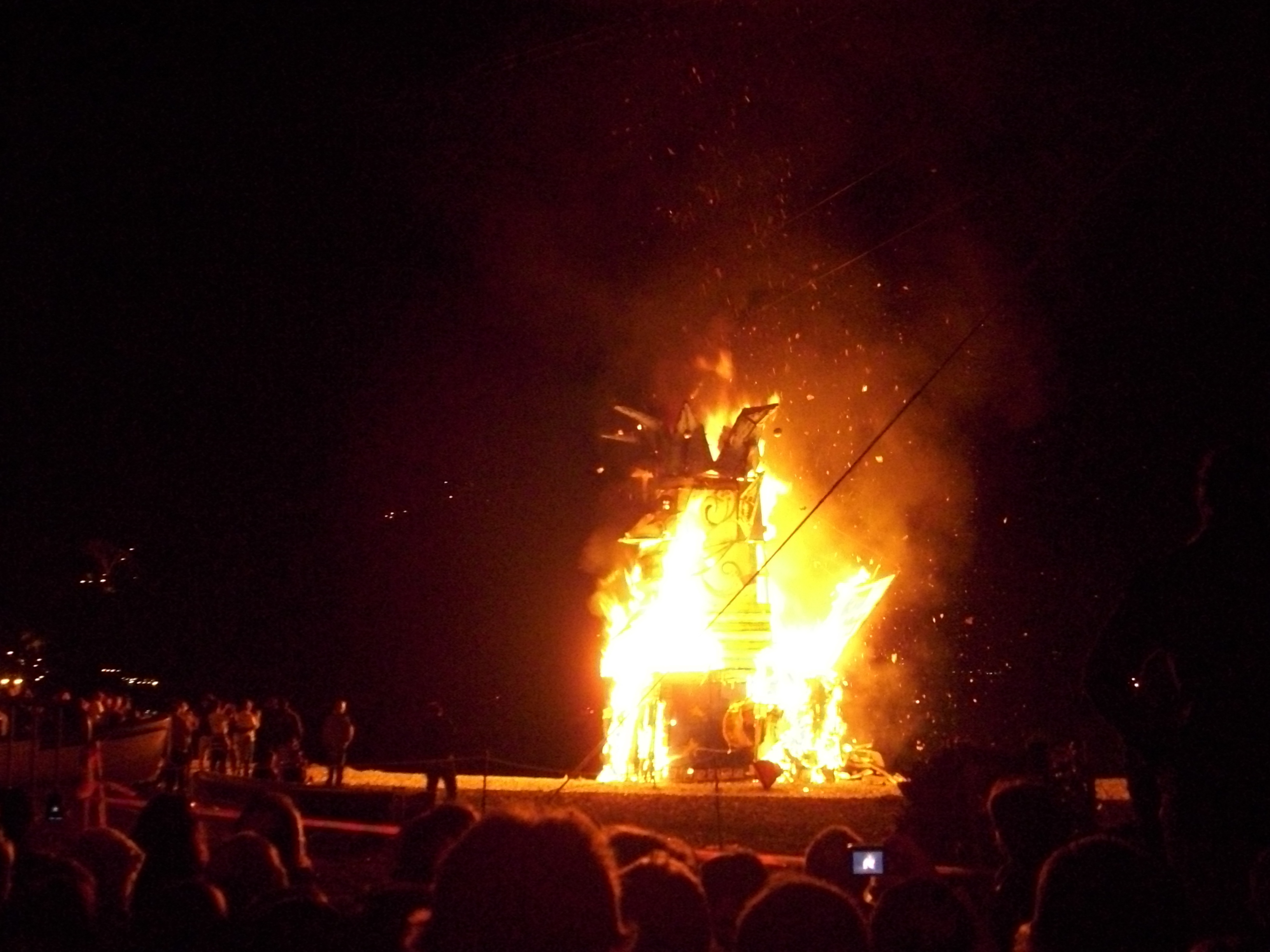

Longone Sabino is located on a hill in one of the most beautiful areas of Sabina, halfway between the Salto and the Turano Valleys. From the archaeological finds and the proximity of the ancient Via Cecilia it is thought that a Roman garrison stood in this area but the village is medieval.
The territory is rich in water and for this reason it was characterized by mills and small textile industries that exploited the transhumance between the Apennines and the Lazio coasts. In Longone Sabino there was an ancient Temple of Hercules where the duty was paid for those who stopped with the flocks.
The origins of Longone date back to the 10th century when populations escaped the barbarian invasions by seeking refuge in the hills around fortresses. Longone was first owned by the Abbey of Farfa and then by the important Abbey of San Salvatore Maggiore. This abbey was founded in 735 by some Benedictine monks who extended their dominion between the Salto and the Turano valleys.
The Benedictines, perhaps of Lombard descent, built the Abbey of San Salvatore, the castle of Longone with its small church of St Mary and the Parish Church of the Protectors Saints Cosma and Damiano, which today is part of the cemetery.
In 1282 the inhabitants of Longone and other castles dependent on San Salvatore Maggiore attacked and sacked the Abbey to pass under the jurisdiction of the Municipality of Rieti.
The monks of San Salvatore appealed to Pope Clement V, who restored control of the Abbey and from the 11th century Longone became the summer seat of the "Commendatari" abbots. At the end of the 16th century this monastery was transformed into a fortress and a residence and from 1618 it became a diocese seminary.
The walls of the castle of Longone can still be recognized and are elliptical in shape, enclosing the small village. The castle was then transformed into a palace in the 14th and 15th centuries, residence of the Abati-Conti Mareri.
It should be mentioned that a Monte Frumentario had been established in Longone Sabino, conceived by St Joseph from Leonessa, which we can define as the predecessor of microcredit in agriculture and where the seeds were kept.
Don't miss the sheep chop festival which has been taking place since 1979, to which thousands of people have always flocked from all over Lazio (and beyond!).
But Longone Sabino is known for three other very particular events: the “Foconi” ritual during the patronal feast of Saints Cosma and Damiano. At sunset, a procession begins, illuminated only by the light of candles, while large bundles of dried broom, called "foconi", are lit on a hill in front.
The second event is the Vertuti Festival in spring in which strength, courage and vigor were celebrated (in Latin Virtus, from which Vertuti): each family puts various seeds, legumes and herbs in a common copper cauldron, boiled on the small square in front of the church which are distributed to the community after the blessing of the parish priest.
The last particular event is that of the Pasquarella which is held on January 5th when groups of bontemponi – good time people - and poets go around the houses singing and rhyming and are welcomed with refreshments specially prepared for them.
Among the typical products is the famous Sabina EVO oil which has very ancient origins and was brought here by the Etruscans who imported it from the Middle East. The Romans considered it the best quality oil and described it in many letters and stories.









Follow us